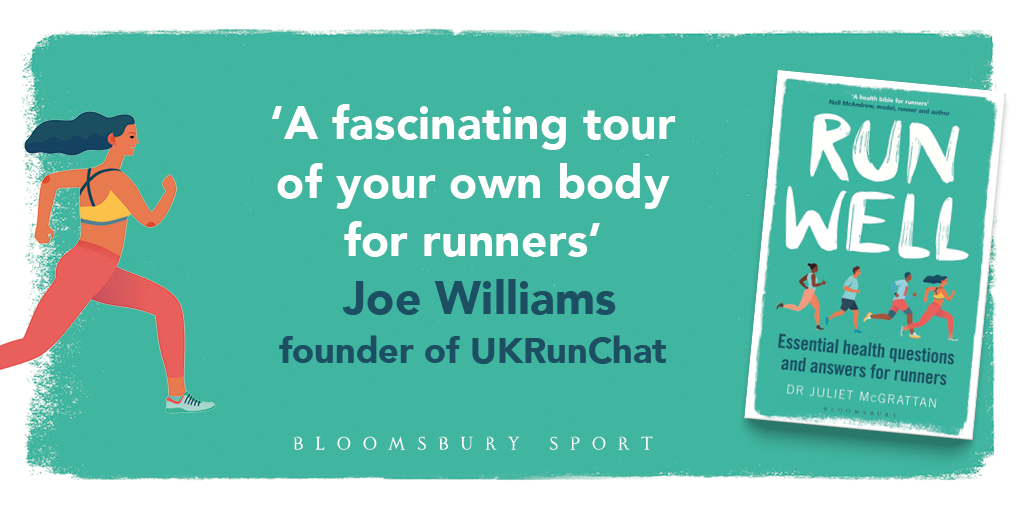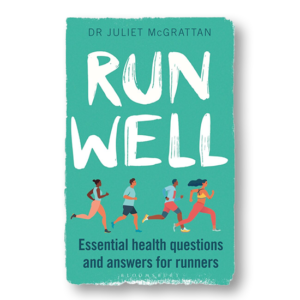Welcome to part 2 of my Improve Your Running series. Each week, for eight weeks, I’m sharing some tips and things for you to try that will make your running experience better. Whether you’re striving for your next marathon or just your next running step.
Today I want you to think about when you were a new runner and you set out for your first few runs. Do you remember how that felt? I bet it felt impossible. I imagine that like me, you were gasping for breath, wondering why on earth you were doing this to yourself and how on earth others could run for miles, seemingly without much effort.
The Toxic Ten
The sensation of feeling out of breath is pretty horrible. When you first start exercise and before you’ve got into a rhythm, your body is in oxygen debt. The systems to supply enough oxygen to your working muscles will be triggered by that oxygen debt, it’s necessary but it’s unpleasant. And if you’re someone who isn’t used to a racing heart or feeling out of breath, it can even make you feel scared. It’s no wonder so many people try running and then give up. My blog about the toxic ten minutes when you first start running is one of my most read posts. You gradually learn that the feeling eases, the oxygen demand is met, you can run more comfortably and you start to enjoy running more.
VO2 max
Once you’re past the toxic ten, your body can only go as fast as the continuous amount of oxygen that is delivered to your muscles will allow. This is essentially your VO2 max; you might have heard that term. If you want to improve the amount of oxygen that your body can transport and use, then you need to spend time doing running sessions that push you out of your comfort zone.
It’s a hard truth that if you want to improve in your running, you’re going to have to spend more time feeling uncomfortable. That means running at paces which make you feel as if you want to stop. You have to push yourself to make gains. You need to stress your muscles, including your cardiac muscles, for them to respond by becoming stronger. Of course, there’s no need to do this if you’re happy where you are. There’s never any pressure for your running to be different if you’re enjoying it and are running happy, then crack on!
Runs to try
The worst thing to do is to go out and try and run much faster for all your runs. This will just make you miserable. It’s better to select one or two runs a week to work on pushing your speed. There are two things you can do:
- Find your threshold pace. There’s a handy running zone when you are just on the edge of discomfort. You know that you’re working hard but you also know that you can keep going. You couldn’t have a chat but you could say two or three words in a row. It takes practice to find this and be able to sustain it but it’s a really good tool for improving your fitness. If you go too fast, the lactate levels (waste products of exercise) will accumulate and you won’t manage to keep going. It’s a real balance and you’ll discover the tipping point. Start with five or ten minutes at your threshold pace and build up. With practice you could sustain it for 30 minutes. If you use a sports watch this is usually heart rate zone 4.
- Use your sprint pace. To run faster you have to run faster! Simple but true. You can increase your VO2 max with short interval runs. Warm up well and then run for two or three minutes at a very fast pace (no talking on this one). Allow three to five minutes to recover before going again. How many times you repeat this is up to you. Find somewhere safe to do this, away from roads, traffic and preferably people! You don’t want to put yourself or others at risk when you’re sprinting along. This is a good one to do at a track, on a quiet cycle path or on a sports field. If you’re not used to running fast then it can take time and practice to build up your confidence; we often become more fearful when we run. It is however very liberating and can reconnect you with feelings you had as a child running around. On a sports watch this will be zone 5.
I suggest choosing one run a week to work on this. Make sure you spend time warming up. Running fast when you’re cold puts you at risk of injury. A brisk walk, slow jog and some dynamic stretches is perfect. Add some hops and skips with exaggerated arm movements to prime your sprinting muscles. Even though the sessions are shorter they can be exhausting so allow enough recovery afterwards.
This might be very different to your usual running and feel a bit strange but give it a go. Getting comfortable with feeling uncomfortable takes practice. Yes, it’s hard work but the post run satisfaction is high and you will soon see benefits in your normal running.
Sign up for my newsletter below if you don’t want to miss the next blog in the series. And, if you’ve enjoyed this blog post, you’ll love my book Run Well: Essential health questions and answers for runners, published by Bloomsbury and available everywhere you buy books.









2 Comments